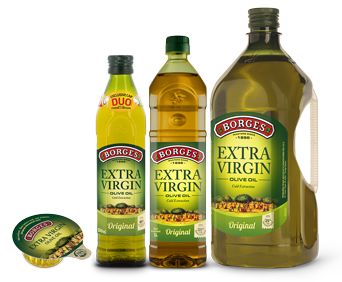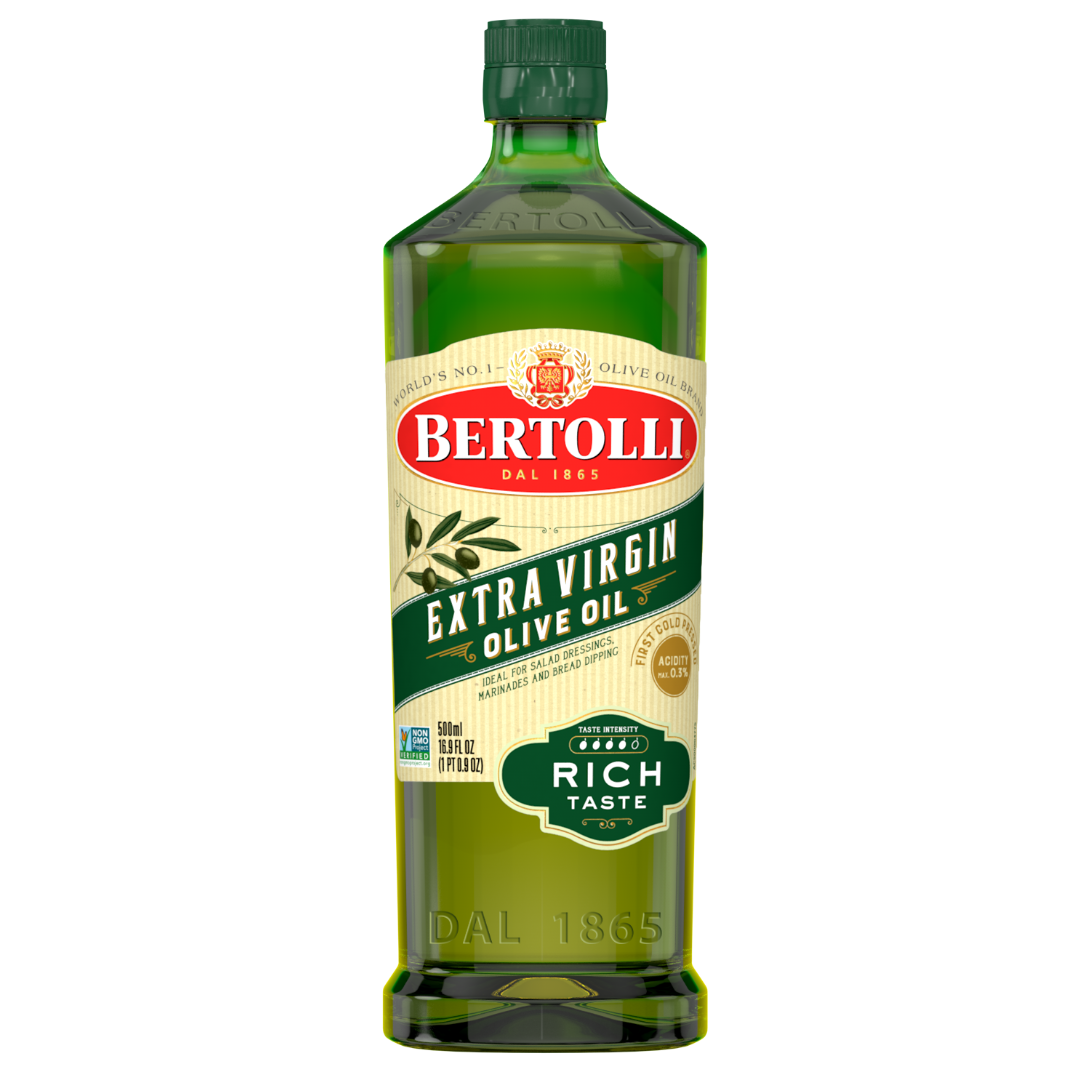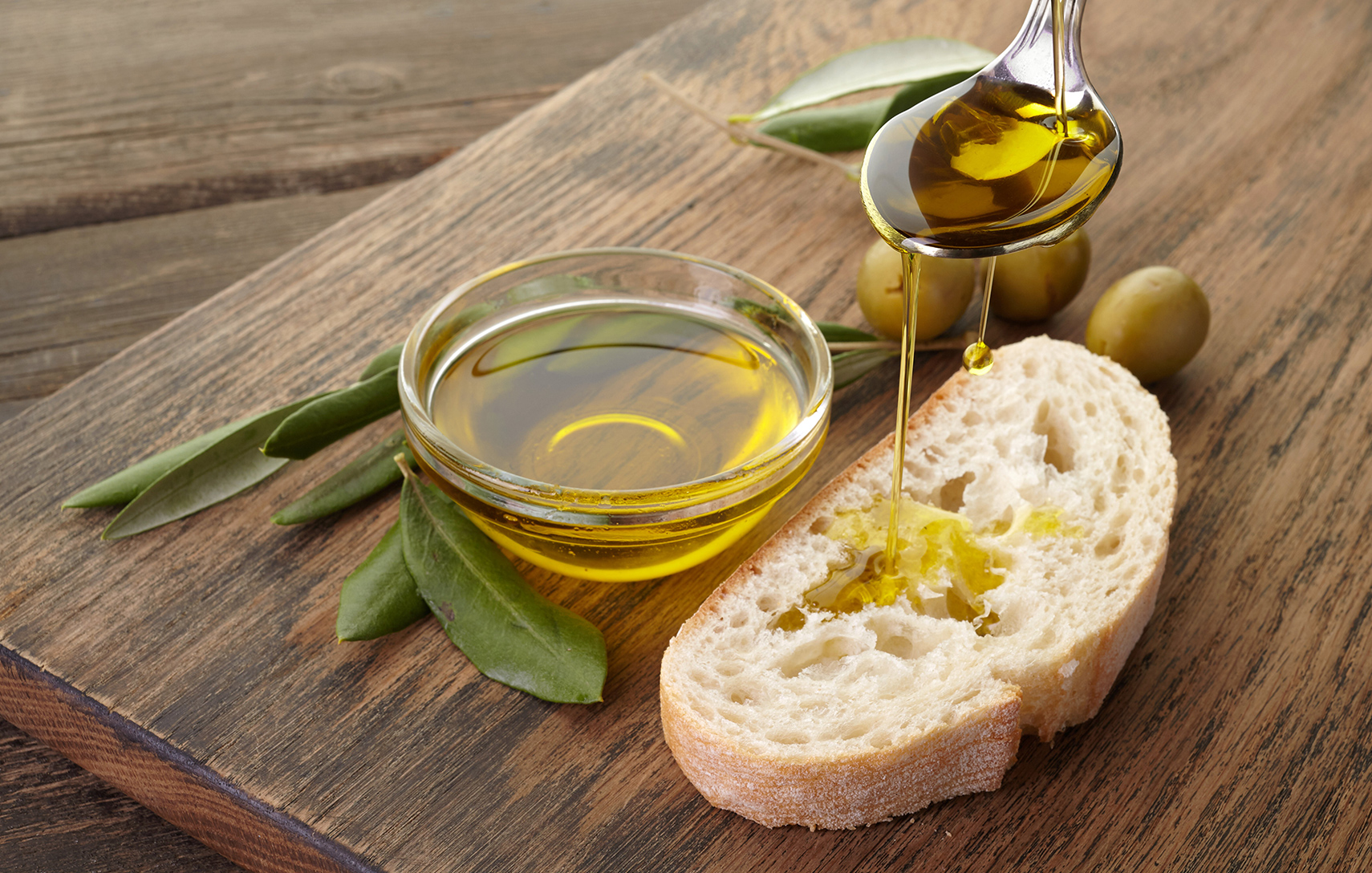Checking Out the Different Kinds Of Olive Oil and Their Uses, Including Additional Virgin Olive Oil
The exploration of olive oil includes a varied range of kinds, each offering distinctive flavors and culinary applications. Additional virgin olive oil, renowned for its premium quality and health advantages, serves as a staple in numerous cooking areas, yet it is just one facet of this multifaceted component.
What Is Olive Oil?
Stemmed from the fruit of the olive tree, olive oil is a staple in Mediterranean food and a key component in numerous cooking applications. This versatile oil is produced by pressing whole olives, causing a fluid that differs in scent, color, and taste relying on the kind of olives made use of, the area of farming, and the removal procedure. Olive oil is predominantly composed of monounsaturated fats, particularly oleic acid, which is known for its potential health benefits, including anti-inflammatory residential properties and cardio assistance.
In enhancement to its cooking uses, olive oil has a long history of application in traditional medicine and skin care, owing to its abundant antioxidant web content (extra virgin olive oil benefits). The oil is usually made use of in dressings, sauces, and for cooking techniques such as sautéing and roasting. Its unique flavor profile can enhance the preference of numerous meals, making it a necessary component for both home cooks and professional cooks
In addition, olive oil is commemorated for its function in the Mediterranean diet, which is related to countless wellness benefits. As awareness of these benefits expands, olive oil continues to gain appeal worldwide as a basic element of a healthy way of living.
Sorts Of Olive Oil
Comprehending the various kinds of olive oil is important for both health-conscious consumers and cooking lovers. Olive oil is identified mostly based upon its extraction approach and quality, which substantially affects its wellness, aroma, and flavor advantages.

Light olive oil, in spite of its name, refers to a lighter taste and not reduced calories. It is optimal for those seeking an extra refined taste in sauces and dressings. Furthermore, there are flavored olive oils instilled with herbs, spices, or citrus, which can boost meals without the need for added spices.
Each kind of olive oil offers particular cooking functions, and understanding these distinctions enables customers to make educated choices that line up with their cooking designs and health objectives.
Extra Virgin Olive Oil
Bonus virgin olive oil (EVOO) is commonly considered the best quality olive oil readily available, well known for its abundant flavor and countless health advantages. To be classified as added virgin, the oil must be created from fresh olives using mechanical processes, without the usage of solvents or excessive warmth. This meticulous technique preserves the oil's natural tastes, antioxidants, useful reference and healthy fats, causing a product with a low level of acidity degree of less than 0.8%.
EVOO is plentiful in monounsaturated fats, specifically oleic acid, which is linked to minimized swelling and improved heart health and wellness. It additionally contains polyphenols, powerful anti-oxidants that might offer protective impacts versus chronic diseases. The flavor account of EVOO can differ significantly depending upon the olive selection and area of production, ranging from verdant and fruity to durable and sharp.

Culinary Uses of Olive Oil

In food preparation, olive oil can be utilized for sautéing, roasting, and barbecuing, offering a healthier alternative to butter or various other fats. Its high smoke factor makes it appropriate for different cooking methods, while its antioxidants add to a heart-healthy diet regimen. Sprinkling olive oil over completed dishes, such as pasta, fish, or grilled veggies, can raise flavors and add a touch of style.
In addition, olive oil plays a considerable function in baking, where it can change standard fats in recipes for bread and breads, giving wetness and a subtle preference. It likewise acts as a base for instilled oils, enabling chefs to trying out flavors such as garlic, herbs, or try this chili, additionally broadening its culinary possibility. In general, olive oil's versatility makes it crucial in both home and expert kitchens.
Finding High Quality Olive Oil
When selecting high quality olive oil, it's important to take into consideration a number of key aspects that influence the item's aroma, flavor, and wellness advantages. Decide for extra virgin olive oil (EVOO), which is obtained from the initial cold pressing of olives and consists of the highest levels of antioxidants and valuable compounds. Search for oils that are licensed by recognized organizations, as this typically makes certain adherence to stringent high quality requirements.
The product packaging additionally plays a significant function in protecting the oil's stability. Pick oils saved in dark glass bottles or tins to safeguard versus light destruction. Take note of the harvest date; fresher oils supply superior flavor and nutritional value, so select products that are within 18 months of their harvest.
Be aware of the preference; a great top quality olive oil need to have a balance of fruity, bitter, and peppery notes, suggesting its splendor and complexity. By evaluating these factors, you can guarantee you are picking the finest olive oil for your culinary needs.
Final Thought
In recap, the exploration of different types of olive oil discloses distinctive features and applications, with extra virgin olive oil representing the pinnacle of top quality due to its low acidity and high antioxidant web content. Recognizing the different varieties of olive oil enables for informed selections in food preparation techniques, promoting much healthier techniques while enhancing the total gastronomic experience.
Obtained from the fruit of the olive tree, olive oil is a staple in Mediterranean food and a key component in different cooking applications.The most common types of olive oil include fine-tuned olive oil, pure olive oil, and light olive oil.Bonus virgin olive oil (EVOO) is commonly concerned as the highest possible top quality olive oil offered, renowned for its rich taste and various wellness benefits. Decide for additional virgin olive oil (EVOO), which is derived from the initial chilly pressing of olives and consists of the highest possible levels of anti-oxidants and beneficial compounds.In summary, the exploration of different kinds of olive oil discloses distinctive characteristics and applications, with extra virgin olive oil representing the pinnacle of high quality due to its low level of acidity and high antioxidant material.
Comments on “Extra Virgin Olive Oil Benefits: A Natural Way to Reduce Inflammation”